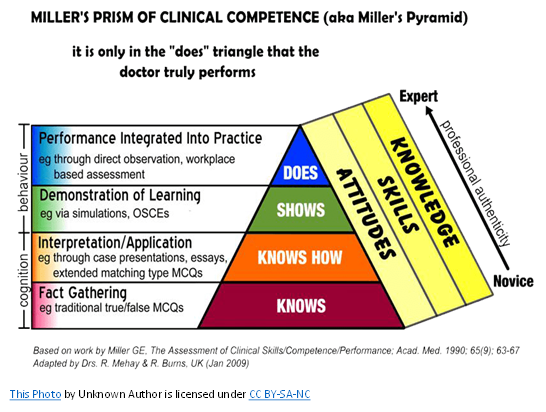If you are working as trainer or instructor for technology such as Microsoft Certified Trainer or AWS Instructor or AWS Educator, this article will discuss 7 things that you should do before and after classes.
#1 Creating Virtual Classrooms
Whether you are teaching with online training or onsite training, you should create virtual classrooms. The virtual classrooms can be deployed as Microsoft Teams or Learning management system such as Canvas and Moodle. The purpose of virtual classrooms is to enhance the engagement of students through discussions and collaboration.
Pro tips: although the learning material is already deployed in LMS, I prefer to create Microsoft Teams (or similar application such as Webex Teams, Zoom One) as a hub of collaboration.
#2 Creating Course Contracts
Before the class runs, we should describe the class contracts. Class contracts are:
- Course syllabus (e.g., course learning outcomes, references, assessment)
- Course rules
- Course assessment and evaluation model
Syllabus will be available in learning kit that you obtain as a trainer, while the course rules and course assessment should be prepared by yourself based on the audience and specific situation.
#3 Implementing Course Lifecycle
Course lifecycle is a cycle of learning experiences that will be obtained by the students.
- Informing the class rules
- Informing the class syllabus
- Doing some pre-survey
- Doing a pre-test
- Doing course delivery
- Giving assignments
- Doing a post-test
- Doing post survey
- What's the next course to learn.
#4 Course Delivery
There are so many ways to deliver better in terms of course delivery. The idea of course delivery is to bring good learning experiences to the students. The idea of course delivery is to give students opportunities to learn by their own paced. This is an example of course delivery for adult learning.
- Revisit the previous session / course.
- Discussing what students know about the topic.
- Delivering decks / slide through conversations NOT reading the decks!
- Asking the students some key questions along the way
- Facilitating practice / lab works
- Giving formative quiz
- Giving summary and quiz discussion
#5 Assessing the students.
In the adult learning environment, assessing the students' can be done by doing three steps.
#6 Giving the student a chance.
Every student will have their own way to learn. Some students will love to see your videos, some of them will like to read. Therefore, you should provide multi-modal learning materials such as:
- Giving short tutorial videos for key practices / lab works
- Giving a worksheet or template for assignment submission
- Creating a podcast or sharing screen recording for key concept.
#7 Incremental Resources
This is simple rule but effective, never share the entire resources up-front. Let's the student learn step-by-step. For example:
- Upload the content for each session rather than upload all the content upfront.
- Give an answer and discussion for the quiz after the quiz session.
- Providing external resources so the student can learn more.
Good luck as trainer!
